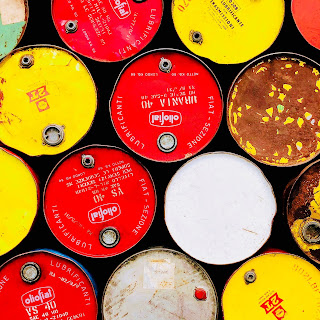New Study Zeroes In On Major Pollution Sources from Oil and Gas Operations
From the University of Colorado Boulder:
Connect with us on Facebook and Twitter!
Follow @EnergyNewsBlog
Oil and natural gas production fields can emit large amounts of air pollutants that affect climate and air quality—but tackling the issue has been difficult because little is known about what aspects of complex production operations leak what kinds of pollutants, and how much.
Now a study led by the Cooperative Institute for Research in Environmental Sciences (CIRES) the journal Atmospheric Chemistry and Physics sheds light on just that, pinpointing sources of airborne pollutants.
CIRES is a joint institute of the University of Colorado Boulder and the National Oceanic and Atmospheric Administration.
The results have important implications for mitigation strategies in the nation’s oil and natural gas production.
“Before you can stop a leak, you have to know where it is,” said lead author Carsten Warneke, an atmospheric chemist with NOAA’s Cooperative Institute for Research in Environmental Sciences (CIRES) at the University of Colorado Boulder. “This study tells us where the largest emissions are coming from, and that, in turn, helps industry identify what they can do to reduce emissions as cheaply and effectively as possible.”Find out much more about this study by clicking here.
Connect with us on Facebook and Twitter!
Follow @EnergyNewsBlog



